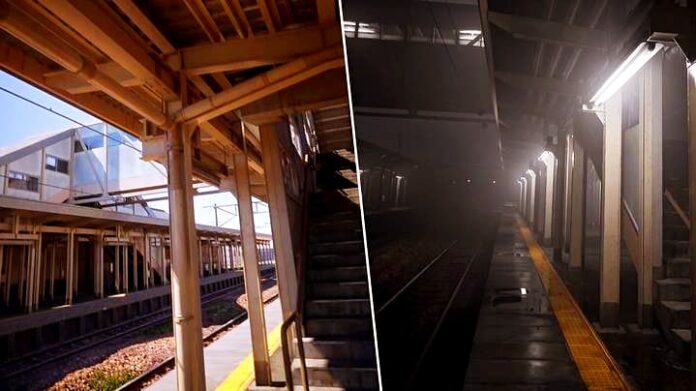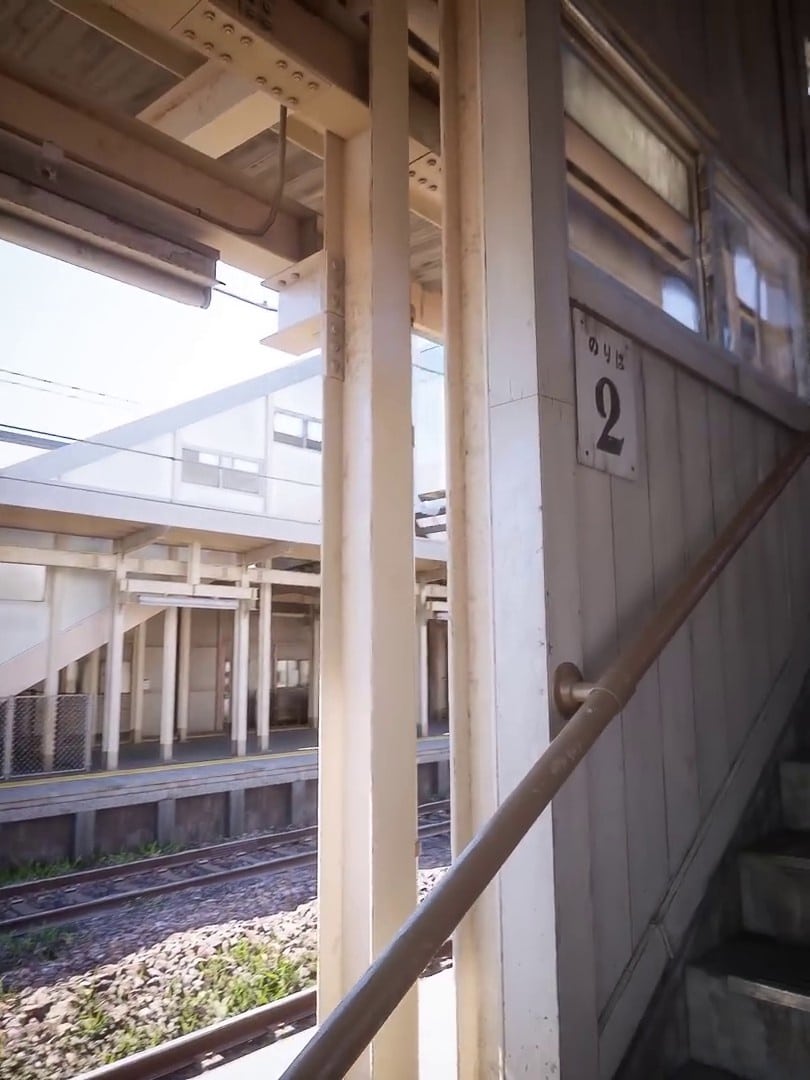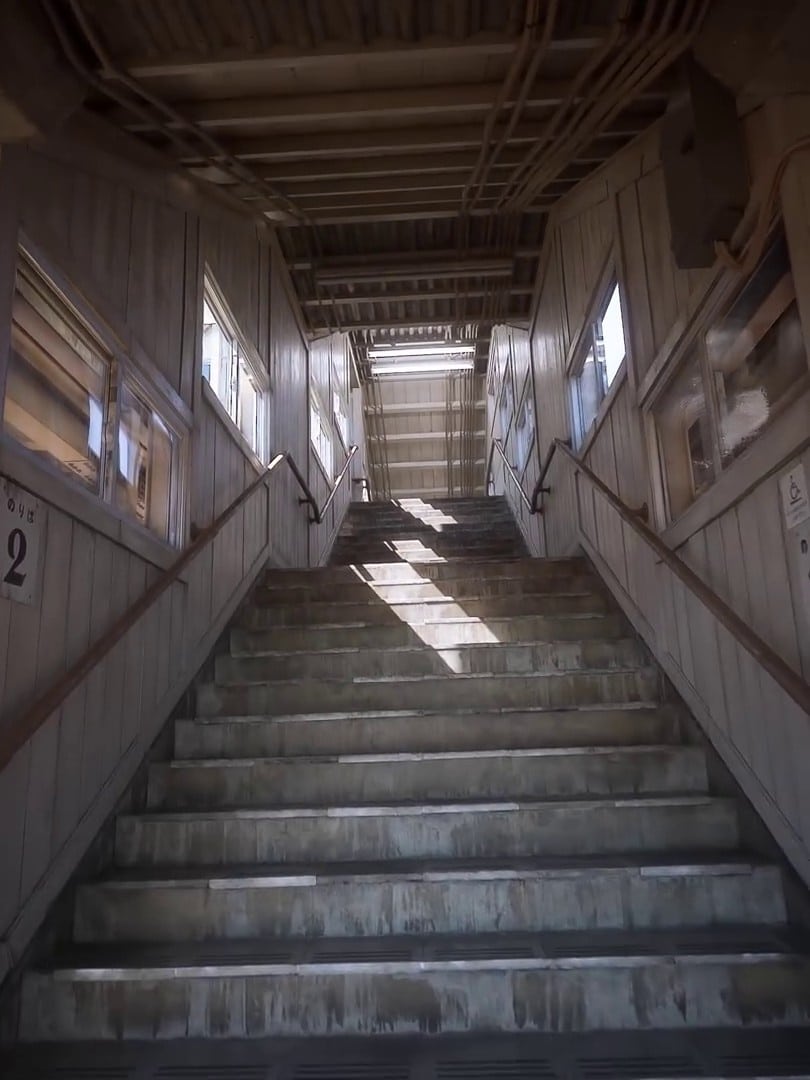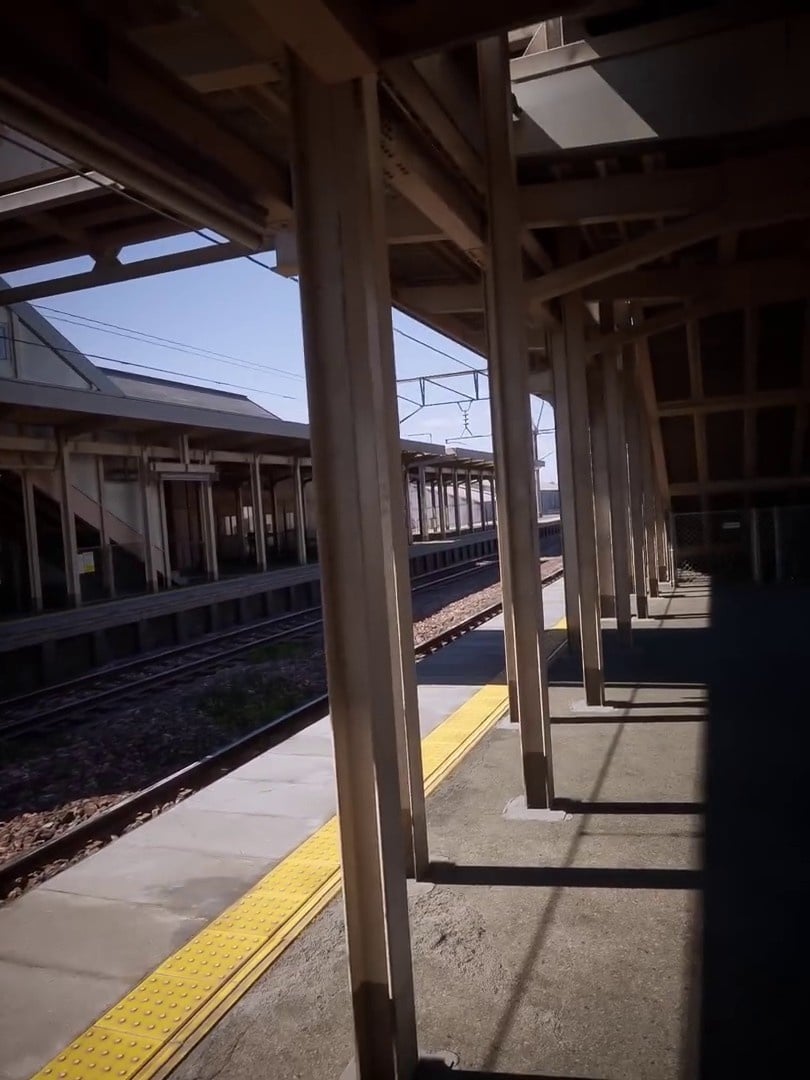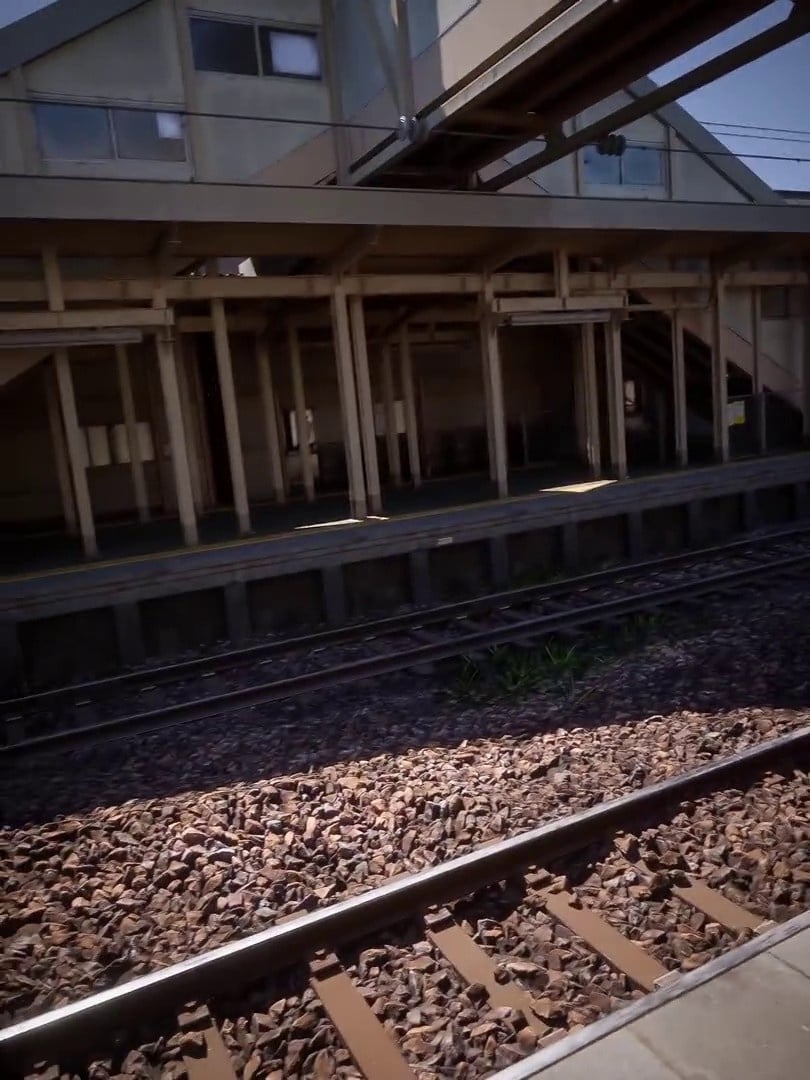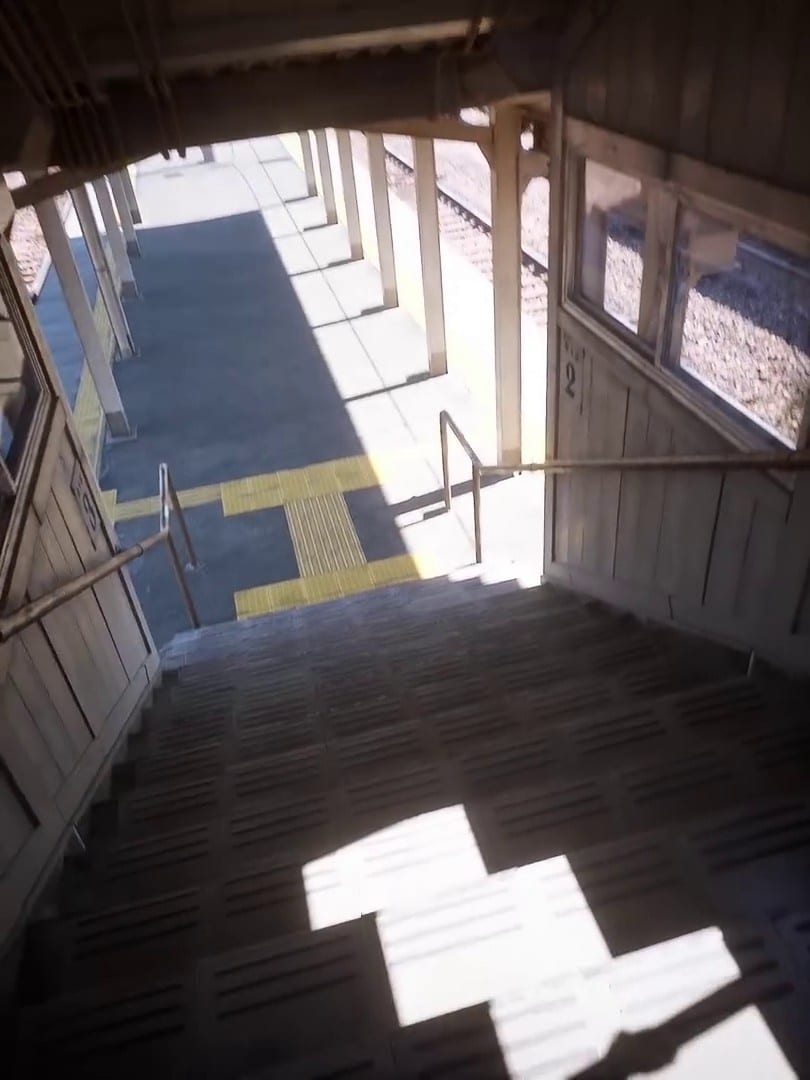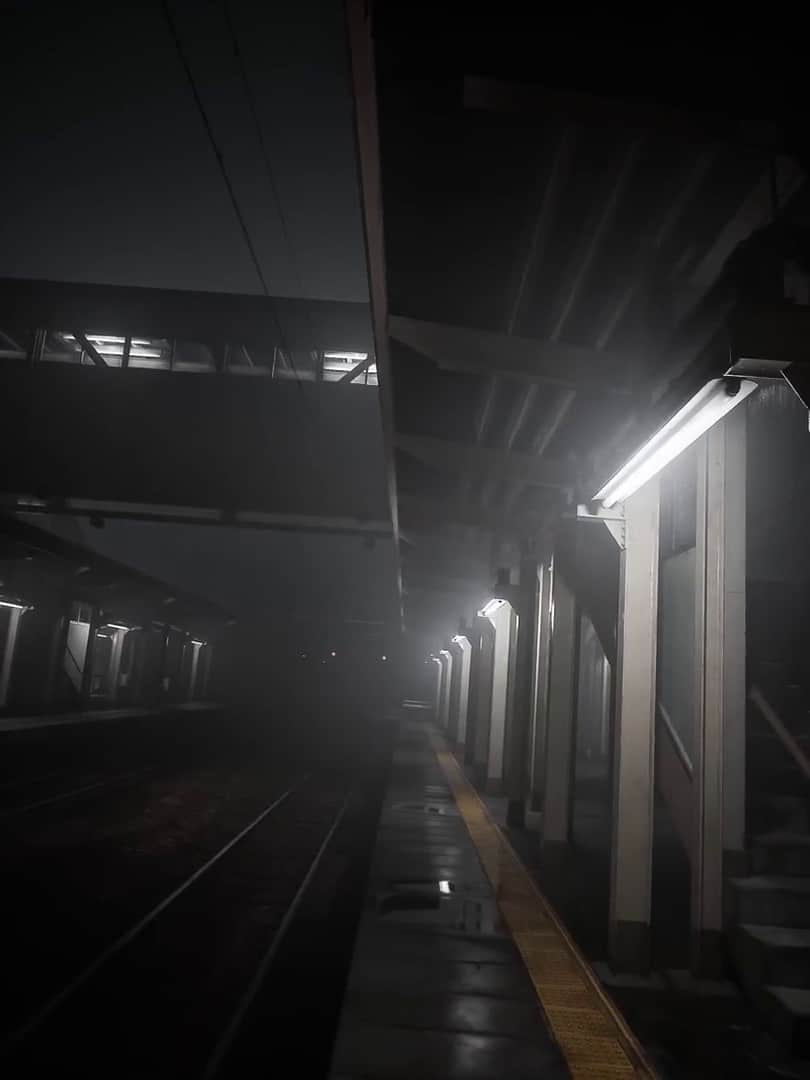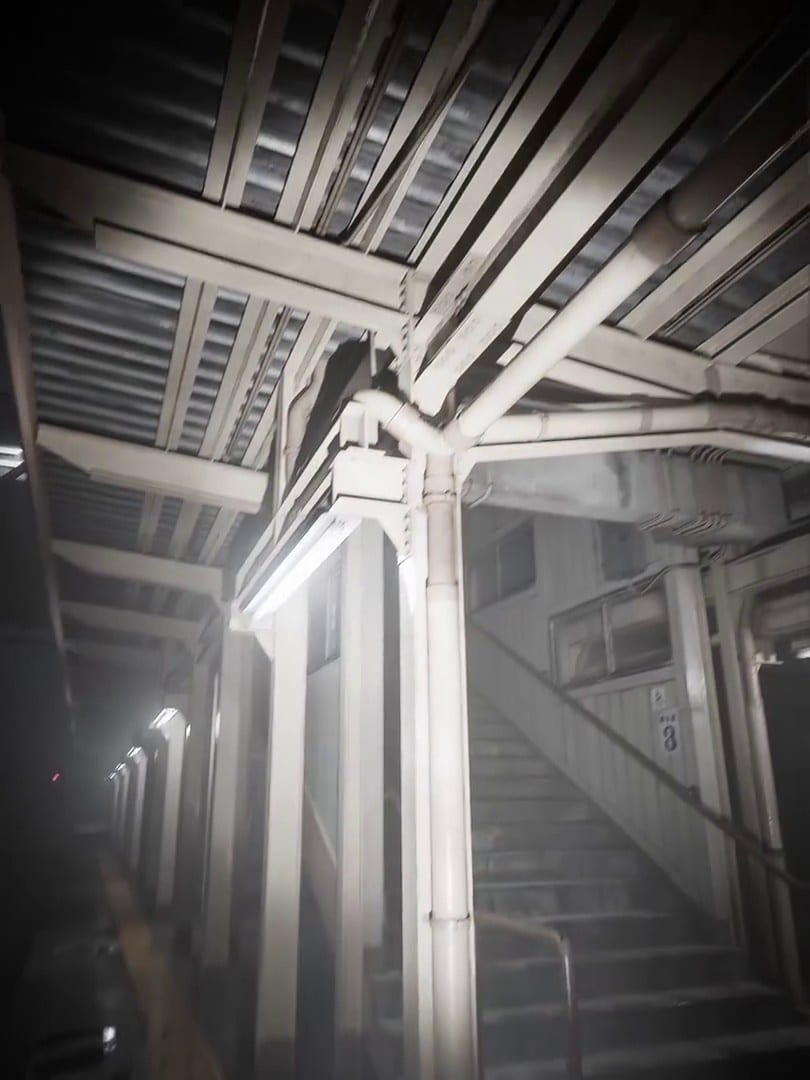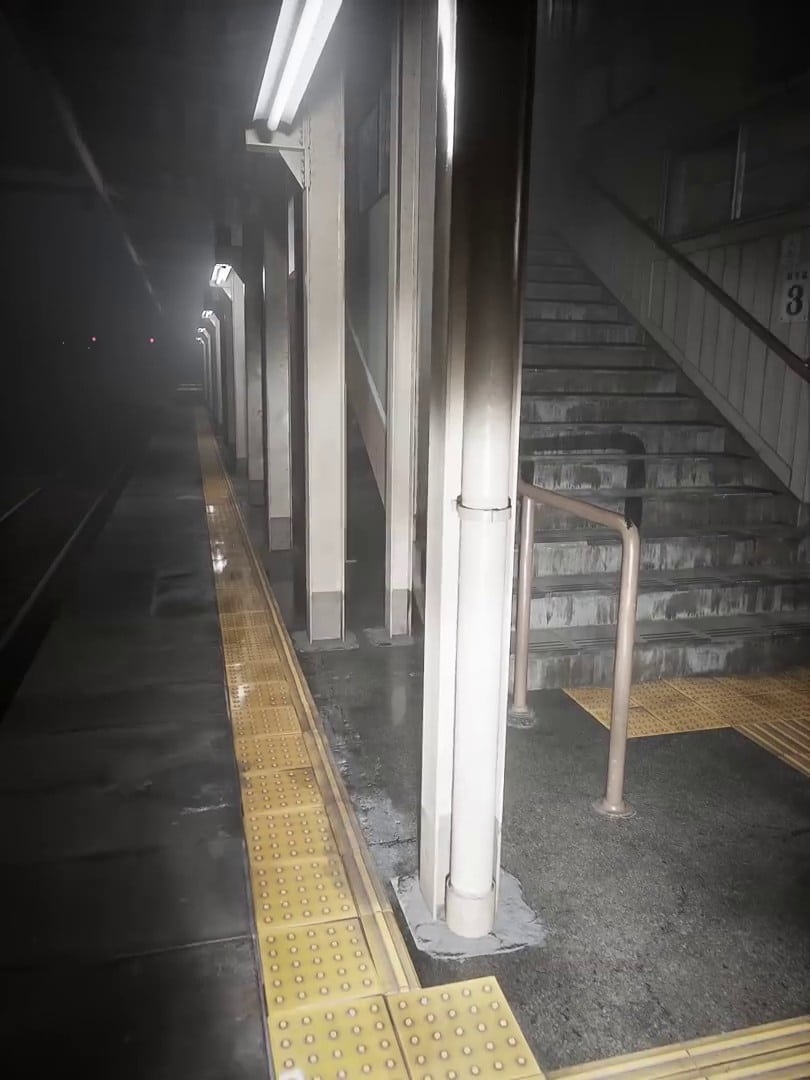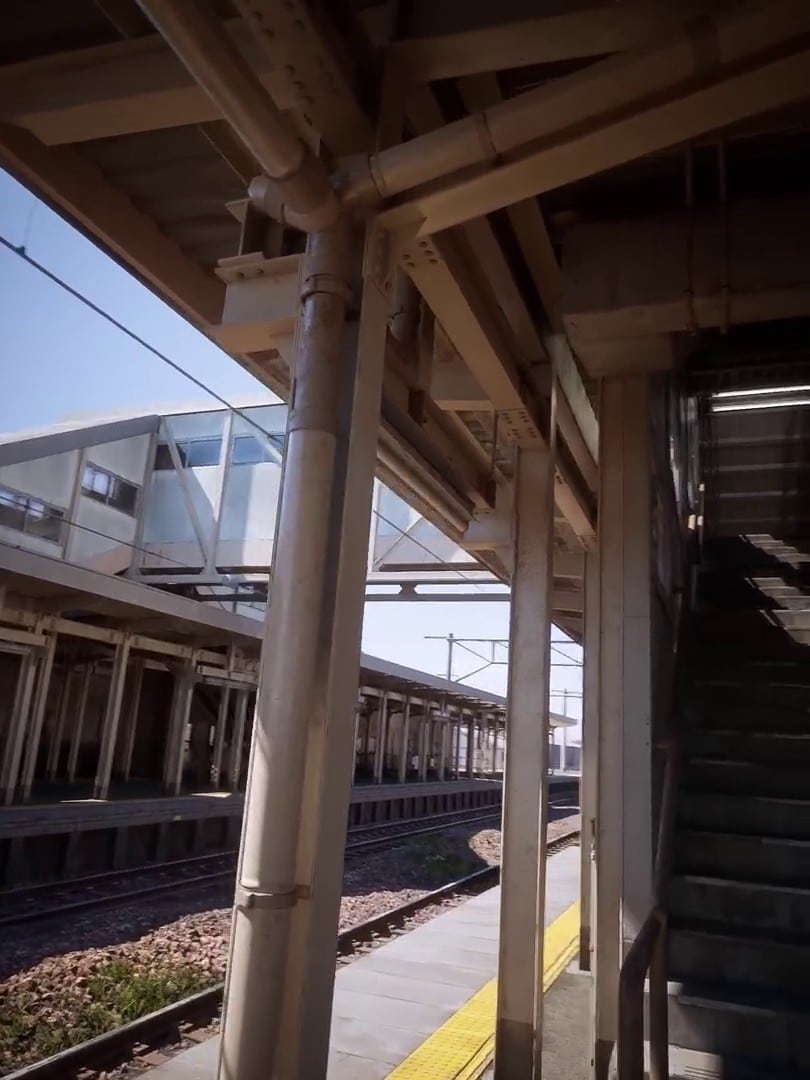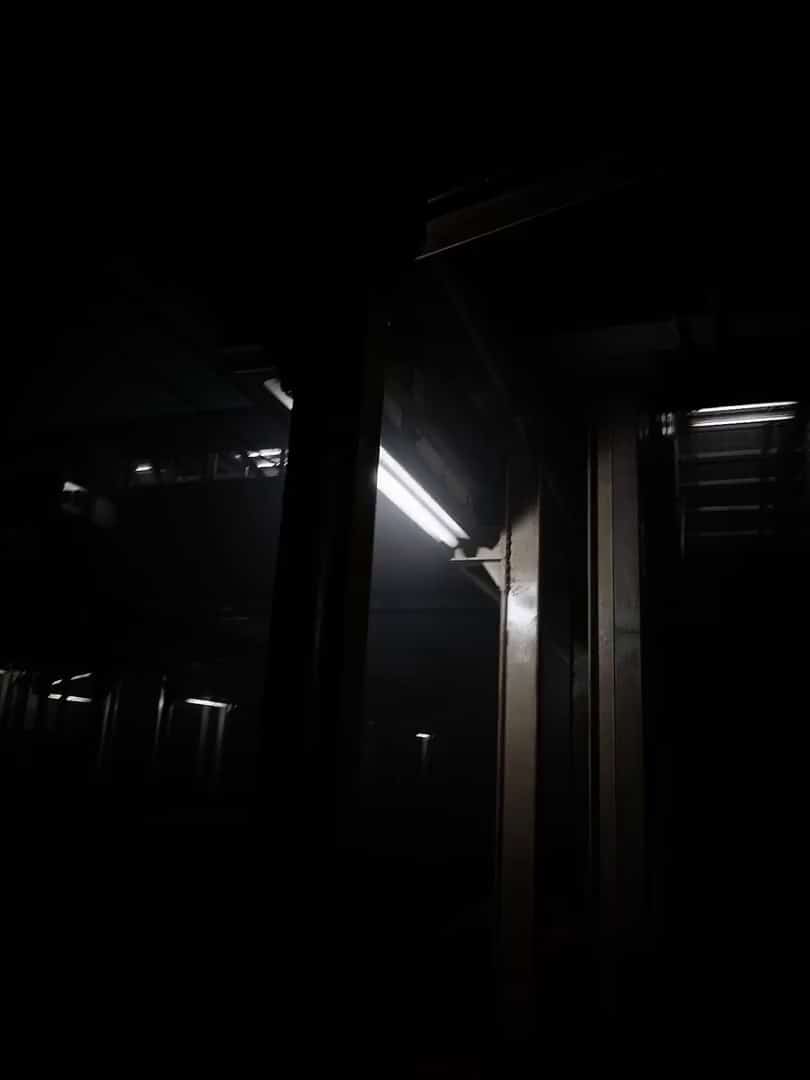A video of a Japanese railway station went viral, because reality and simulation seem to blur here. What’s behind it?
You think you’re watching a shaky camcorder shot of a tourist waiting for his train at Japan’s Etchū-Daimon station – until the bright blue day suddenly gives way to dark night and the relaxed atmosphere degenerates into real goosebumps.
The video by 3D artist Lorenzo Drago not only looks “amazingly real for a video game”, no, it is almost indistinguishable from reality. If it weren’t for the unmasking horror interlude (without jumpscares) in the second half that made the whole thing such a viral hit on social media.
Since the release of Unreal Engine 5, surprisingly beautiful game scenes that would have been unthinkable just a few years ago have been trickling in with increasing frequency. In terms of credibility, however, hardly any project can hold a candle to the station scene. How did Drago do it? Let’s find out!
Without nanites or photogrammetry
When it comes to displaying an environment with an extremely high level of detail, many developers rely on the revolutionary nanite technology of the new Unreal Engine. Thanks to it, even distant objects remain highly detailed without hitting performance. The same applies to scenes with a myriad of similar objects, such as rocks.
For his recreation of the station from Toyama Prefecture, however, Drago was able to work with a manageable range of vision, foregoing the use of the technology and instead choosing the angles of view used very carefully.
The realistic textures would also suggest that these are photogrammetry scans made on site, meticulously capturing details such as the grain of the wood or weathering marks.
However, in his interview with the colleagues from GamesRadar, the artist also rejects the justified assumption. Instead, he imitated the appearance of the platform using real photographs – by hand with the help of the “Substance Painter” software. However, he feels that the comparison with photogrammetry is high praise.
富山県にある越中大門駅を海外有志が最新ゲームエンジン「Unreal Engine 5」で再現。実写にしか見えないんだけど・・ pic.twitter.com/QFAekoqKga
– ユルクヤル、外国人から見た世界 (@Yurukuyaru) May 9, 2022
He himself was never there
What surprised Japanese people, especially those familiar with the surroundings, was that Lorenzo Drago had never visited this platform in his life and yet could recreate it so lifelike. According to him, the fact that it does not immediately look like a video game scene has three decisive reasons.
For one thing, the typical game graphics artefacts are hardly noticeable thanks to the high resolution, and for another, developers often take extensive liberties with proportions to guide the player or highlight interactive objects. On the other hand, he was able to concentrate entirely on believable proportions.
The movements of the camera would look so familiar because he had recorded them using VR control. The body movements thus transferred to the point of view therefore took place naturally and did not have to be “faked” first.
The fact that the station is so empty probably has more to do with time than technical reasons, because populating it credibly would certainly have exceeded Drago’s time frame of about a month. In principle, the Unreal Engine 5 has no problems whatsoever with entire masses of NPCs!
He originally chose the location after stumbling across it by chance while searching for reference material. The atmosphere of a rural Japanese railway platform immediately fascinated him and recreating it became an instructive challenge. The engine’s lumen lighting technology, which makes this level of realism much easier to achieve, was of crucial help.
How did you feel when watching the video? Did you realise it was game graphics before the drastic change in mood, or did you find it so deceptively real? Feel free to share your first impressions in the comments!

